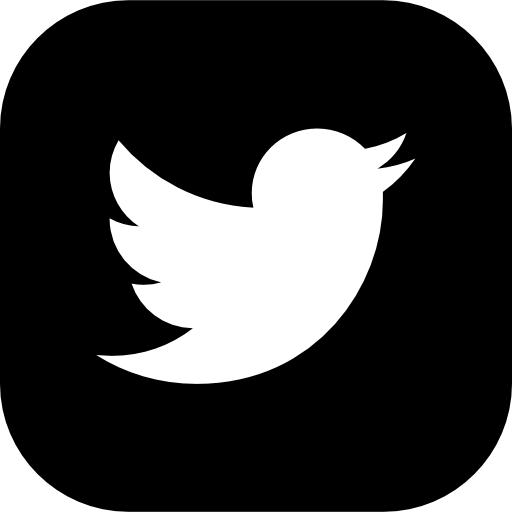An Introduction to the Treble Clef
Clefs serve as visual symbols employed in music notation. In Western sheet music, musical staves consist of lines and spaces upon which notes are placed. Clefs, such as the treble clef and bass clef, provide musicians with information about the pitch of the notes situated on those lines and spaces.

When you begin learning the piano, the treble clef is a good place to start. If you’re reading sheet music, you’ll likely begin with the treble clef and start playing from Middle C with your right hand. All of the notes that you play with your right hand in a standard position on the keyboard will likely be notated in the treble clef.
What is the treble clef?
The treble clef is a symbol used in Western music notation to indicate the pitch of written notes. It is also known as the G-clef because its innermost curl encircles the note G on the second line of the staff. The treble clef has several other names, including "G-clef," "violin clef," and "G-clef octave."
The treble clef is primarily used to notate higher pitched instruments such as: flutes, clarinets, violins, trumpets, and other high-pitched instruments. It can also be used for other instruments such as the guitar or voice.
How is the treble clef written?
𝄞
The treble clef is written on the far left of a sheet of music and points to the second line from the bottom on the staff, which symbolizes the note G. It looks rather like a Gothic letter G. Musical notes are then set out on the five lines of the staff. This means all notes found above this line are higher pitched than G. Notes below the line are lower. In order to read music in the treble clef, musicians must become familiar with the notes on the staff and how to interpret them.
What is the staff?
The staff is the foundation on which all notes are drawn. Each space or line on the staff represents a white note on the piano. A ledger line is a small line that is used at the top or bottom of the staff to extend the staff if notes are required above or below its standard five lines.
How do you read the treble clef?
As we know, when we are in the treble clef the note on the second line is G. Each movement up or down the stave moves one letter up or down the scale. So the space above G is the note A and the space below G is the note F.
The notes on the lines are EGBDF. It’s useful to have a mnemonic that helps you to remember this, such as Every Good Boy Deserves Favour or Even Good Boy Does Fine.

The notes between the lines are FACE which is easy to remember without a mnemonic.

What are accidentals?
Once familiar with the notes, it’s also important to remember that there are several different accidentals that can be used in treble clef. These include sharps (♯), flats (♭) and naturals (♮). These symbols indicate a change in the pitch of a note, usually going up or down by one semitone.
The treble clef is a fundamental tool for all musicians, no matter what instrument they play. By learning to read music in this clef, musicians can play songs accurately and confidently. It may take some time and practice to master the treble clef, but the rewards of doing so will be invaluable.


